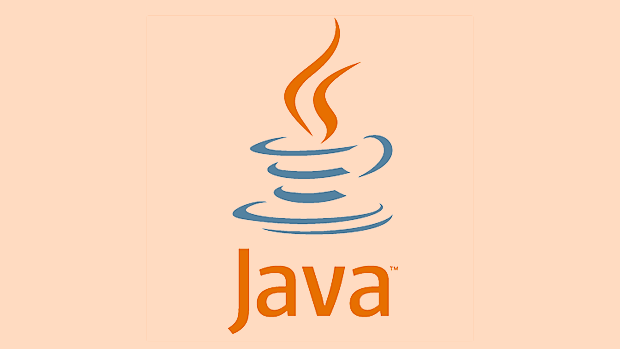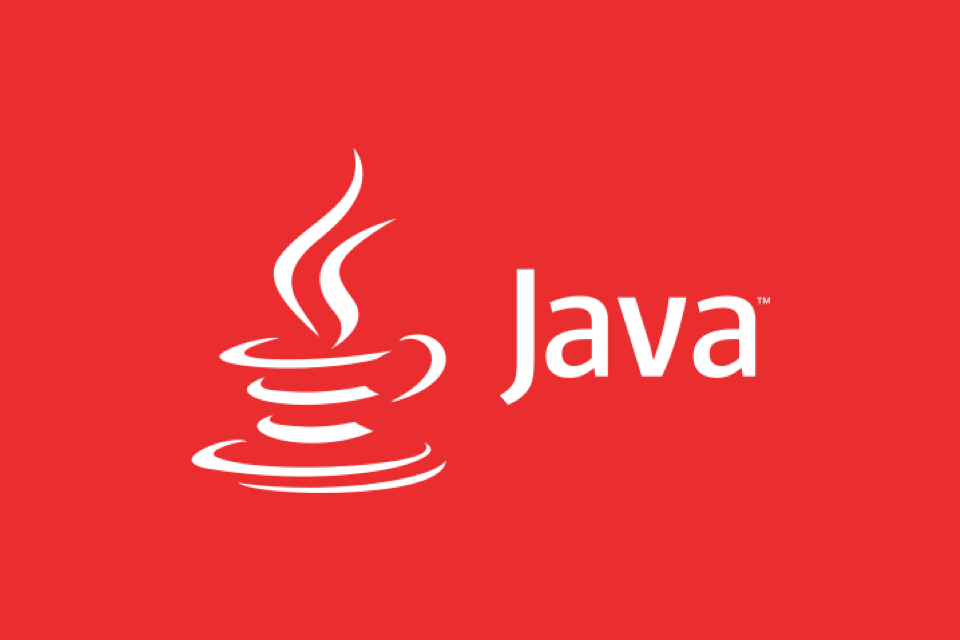Sealing classes and interfaces enhances control over inheritance in Java by restricting which classes or interfaces can inherit or implement them. The problem is that before introducing sealed classes, any class can inherit non-final classes, and any class can implement interfaces, resulting in potential security and maintenance issues. When using sealed classes, developers must explicitly declare a list of subclasses that allow inheritance or implementation, such as public sealed class Shape permits Circle, Rectangle, Triangle {}, ensuring that only the specified class can be extended or implemented. Key rules include: All allowed subclasses must be in the same module or package and must be explicitly declared. Sealing classes are suitable for scenarios such as restricting inheritance, building domain models, designing APIs, and using pattern matching, providing a safer and clearer design for the type hierarchy.

Sealed classes and interfaces in Java are features introduced to give developers more control over inheritance . In short, they let you specify exactly which classes or interfaces can extend or implement them. This is useful when you want to limit who can inherit from a class or implement an interface, making your code safer and more predictable.

What problem do sealed classes solve?
Before sealed classes, any class could extend another class (unless it was marked final ), and any class could implement an interface. That openness can sometimes lead to issues:
- Unexpected subclasses breaking assumptions
- Harder-to-maintain hierarchies because anyone can add new implementations
- Difficulty reasoning about all possible subtypes
With sealed classes and interfaces, you can explicitly declare which classes are allowed to extend or implement them, no guessing involved.

How do you define a sealed class or interface?
You use the sealed keyword after the class or interface declaration, followed by the permits clause listing the allowed subclasses or implementations.
public sealed class Shape permits Circle, Rectangle, Triangle {
// class body
} In this example, only Circle , Rectangle , and Triangle can extend Shape . No other class can.

You can also spread the subclasses across different files, but they must be in the same module or package, depending on how your project is structured.
If the subclasses are in the same file, they can be declared as non-sealed or final , depending on whether you want them to allow further extension.
Example:
public sealed interface Animal permits Dog, Cat {}
public final class Dog implements Animal { ... }
public non-sealed class Cat implements Animal { ... } Here, Dog can't be extended further because it's final , while Cat can be if needed.
Key rules and restrictions
There are a few important things to keep in mind:
- The allowed subclasses must be in the same module (if using modules) or package.
- All permitted subclasses must explicitly extend or implement the sealed class or interface.
- You can't have a sealed class without specifying the
permitsclause unless all subclasses are in the same file.
Also, sealed classes work well with pattern matching for switch and instanceof , especially when you know all the possible subtypes — that makes exhaustive checks easier.
When should you use sealed classes?
Use sealed classes when:
- You want to restrict which classes can extend or implement something
- You're building domain models where only certain types are valid
- You're designing APIs and want stricter control over extension
- You're using pattern matching and want the compiler to help ensure completeness
They're particularly helpful in modeling algebraic data types (like enums but with more flexibility).
So, sealed classes and interfaces are a neat way to tighten up inheritance and make your type hierarchies more intentional and safe. They don't replace final or regular inheritance, but they offer a middle ground where you can say, "Only these specific types are allowed."
Basically that's it.
The above is the detailed content of What are sealed classes and interfaces in Java?. For more information, please follow other related articles on the PHP Chinese website!

Hot AI Tools

Undress AI Tool
Undress images for free

Undresser.AI Undress
AI-powered app for creating realistic nude photos

AI Clothes Remover
Online AI tool for removing clothes from photos.

Clothoff.io
AI clothes remover

Video Face Swap
Swap faces in any video effortlessly with our completely free AI face swap tool!

Hot Article

Hot Tools

Notepad++7.3.1
Easy-to-use and free code editor

SublimeText3 Chinese version
Chinese version, very easy to use

Zend Studio 13.0.1
Powerful PHP integrated development environment

Dreamweaver CS6
Visual web development tools

SublimeText3 Mac version
God-level code editing software (SublimeText3)

Hot Topics
 Difference between HashMap and Hashtable?
Jun 24, 2025 pm 09:41 PM
Difference between HashMap and Hashtable?
Jun 24, 2025 pm 09:41 PM
The difference between HashMap and Hashtable is mainly reflected in thread safety, null value support and performance. 1. In terms of thread safety, Hashtable is thread-safe, and its methods are mostly synchronous methods, while HashMap does not perform synchronization processing, which is not thread-safe; 2. In terms of null value support, HashMap allows one null key and multiple null values, while Hashtable does not allow null keys or values, otherwise a NullPointerException will be thrown; 3. In terms of performance, HashMap is more efficient because there is no synchronization mechanism, and Hashtable has a low locking performance for each operation. It is recommended to use ConcurrentHashMap instead.
 Why do we need wrapper classes?
Jun 28, 2025 am 01:01 AM
Why do we need wrapper classes?
Jun 28, 2025 am 01:01 AM
Java uses wrapper classes because basic data types cannot directly participate in object-oriented operations, and object forms are often required in actual needs; 1. Collection classes can only store objects, such as Lists use automatic boxing to store numerical values; 2. Generics do not support basic types, and packaging classes must be used as type parameters; 3. Packaging classes can represent null values ??to distinguish unset or missing data; 4. Packaging classes provide practical methods such as string conversion to facilitate data parsing and processing, so in scenarios where these characteristics are needed, packaging classes are indispensable.
 What are static methods in interfaces?
Jun 24, 2025 pm 10:57 PM
What are static methods in interfaces?
Jun 24, 2025 pm 10:57 PM
StaticmethodsininterfaceswereintroducedinJava8toallowutilityfunctionswithintheinterfaceitself.BeforeJava8,suchfunctionsrequiredseparatehelperclasses,leadingtodisorganizedcode.Now,staticmethodsprovidethreekeybenefits:1)theyenableutilitymethodsdirectly
 How does JIT compiler optimize code?
Jun 24, 2025 pm 10:45 PM
How does JIT compiler optimize code?
Jun 24, 2025 pm 10:45 PM
The JIT compiler optimizes code through four methods: method inline, hot spot detection and compilation, type speculation and devirtualization, and redundant operation elimination. 1. Method inline reduces call overhead and inserts frequently called small methods directly into the call; 2. Hot spot detection and high-frequency code execution and centrally optimize it to save resources; 3. Type speculation collects runtime type information to achieve devirtualization calls, improving efficiency; 4. Redundant operations eliminate useless calculations and inspections based on operational data deletion, enhancing performance.
 What is an instance initializer block?
Jun 25, 2025 pm 12:21 PM
What is an instance initializer block?
Jun 25, 2025 pm 12:21 PM
Instance initialization blocks are used in Java to run initialization logic when creating objects, which are executed before the constructor. It is suitable for scenarios where multiple constructors share initialization code, complex field initialization, or anonymous class initialization scenarios. Unlike static initialization blocks, it is executed every time it is instantiated, while static initialization blocks only run once when the class is loaded.
 What is the Factory pattern?
Jun 24, 2025 pm 11:29 PM
What is the Factory pattern?
Jun 24, 2025 pm 11:29 PM
Factory mode is used to encapsulate object creation logic, making the code more flexible, easy to maintain, and loosely coupled. The core answer is: by centrally managing object creation logic, hiding implementation details, and supporting the creation of multiple related objects. The specific description is as follows: the factory mode handes object creation to a special factory class or method for processing, avoiding the use of newClass() directly; it is suitable for scenarios where multiple types of related objects are created, creation logic may change, and implementation details need to be hidden; for example, in the payment processor, Stripe, PayPal and other instances are created through factories; its implementation includes the object returned by the factory class based on input parameters, and all objects realize a common interface; common variants include simple factories, factory methods and abstract factories, which are suitable for different complexities.
 What is the `final` keyword for variables?
Jun 24, 2025 pm 07:29 PM
What is the `final` keyword for variables?
Jun 24, 2025 pm 07:29 PM
InJava,thefinalkeywordpreventsavariable’svaluefrombeingchangedafterassignment,butitsbehaviordiffersforprimitivesandobjectreferences.Forprimitivevariables,finalmakesthevalueconstant,asinfinalintMAX_SPEED=100;wherereassignmentcausesanerror.Forobjectref
 What is type casting?
Jun 24, 2025 pm 11:09 PM
What is type casting?
Jun 24, 2025 pm 11:09 PM
There are two types of conversion: implicit and explicit. 1. Implicit conversion occurs automatically, such as converting int to double; 2. Explicit conversion requires manual operation, such as using (int)myDouble. A case where type conversion is required includes processing user input, mathematical operations, or passing different types of values ??between functions. Issues that need to be noted are: turning floating-point numbers into integers will truncate the fractional part, turning large types into small types may lead to data loss, and some languages ??do not allow direct conversion of specific types. A proper understanding of language conversion rules helps avoid errors.






